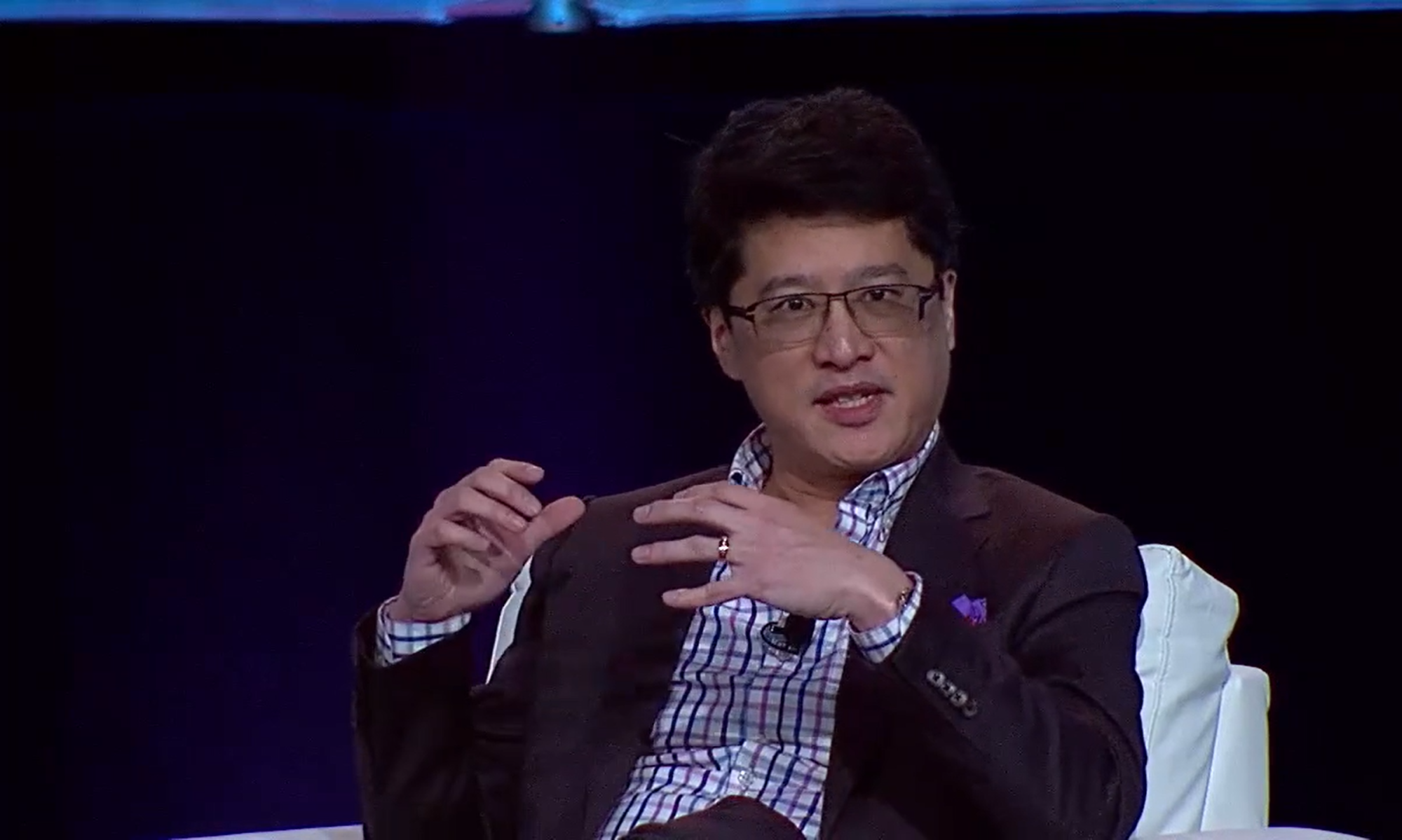I’ve often been asked by new consultants to provide insights on structuring a proposal. Here’s a conceptual, high-level summary of a typical proposal:
- Executive Summary and Overview – often articulates background relevant to the proposal, such as current issues and the specific problem statement that the consultant will be addressing for the client. This section may also list key goals of the client for the project.
- Scope of Work – can articulate the project structure for the engagement (e.g., see this example Gannt-like chart from my book outlining four illustrative workstreams), the activities within each area (both client consultant activities), key deliverables, key milestones, assumptions, etc.
- Roles and Responsibilities – articulates the consulting delivery team players (named individuals) or types of players (e.g., anonymous job-level descriptions), key roles expected to be filled by the client (e.g., project lead, owner, sponsor, core team, stakeholders, steering committee), and other site access and logistical items.
- Commercial Terms – contains pricing, performance terms, expenses, timings, policies, etc.
- Appendix – might include key case study summaries, CVs for consultants, and other schedules.
Often the proposal is incorporated by reference or as an appendix into a master services agreement which contains umbrella legal terms. Other methods are possible, such as just having a letter agreement (depending on context and conventions of the situation, e.g., certain countries).
Processwise, proposals are usually invited. It is generally a waste of time to create these proposals until the client prospect and consultant have had enough discussions to clarify the problem statement and scope of work at a high-level. Once draft proposals are submitted, the proposals are revised upon further discussions with the client.
